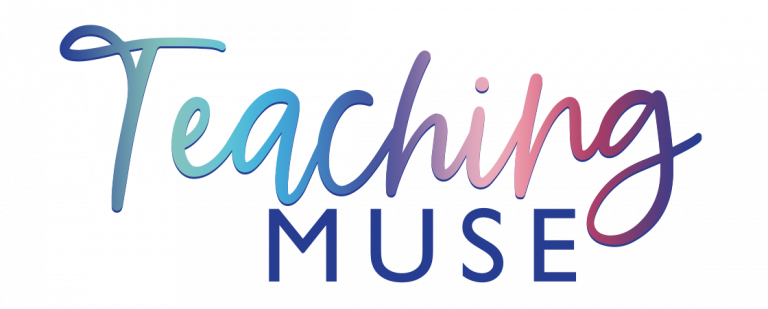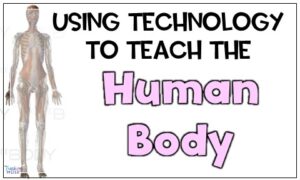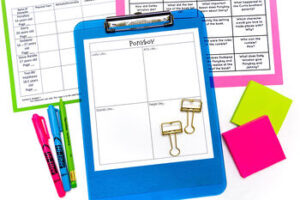Literacy skills should not only be taught in ELA class; reading and writing skills follow students throughout every content area, including science. While science classes should include hands-on activities, targeting literacy skills during science instruction can help strengthen critical thinking skills and deepen understanding of scientific concepts.
Using the skill of compare and contrast in science class
Benefits of incorporating compare and contrast into science class:
The skill of comparing and contrasting allows students to analyze similarities and differences between objects, events, or concepts.
Some benefits of incorporating this skill into your science class are
To strengthen student memory. When students compare and contrast information in science class, they will be able to remember key content. For example, using the compare and contrast methods when studying cells can help strengthen student memory when differentiating between plant and animal cells. In addition, a compare and contrast chart will better help students understand the difference between their parts and function.
Develop higher-order thinking skills. Help students to move above literal comprehension and begin to think abstractly.
Increase comprehension. The student will highlight important details and simplify learning by breaking it down from an abstract concept to a concrete, easy-to-understand concept. It will also allow students to reduce the confusion between related concepts. For example, use compare and contrast charts for concepts like plant and animal cells or meiosis and mitosis to help clarify concepts.
Improve writing in the content areas. Just like in ELA, students need to write to demonstrate an understanding of science. This strategy will give students a simple structure to organize their information. Students can also develop their ideas with clarity and precision.
Develop students’ habits. Finally, using the skill of comparing and contrasting in science will allow students to think flexibly, enhance metacognition skills, strive for accuracy, apply background knowledge, and think and communicate precisely.
Ways to Incorporate Compare and Contrast in Science Class
Here are some concepts for using compare and contrast in your science class:






